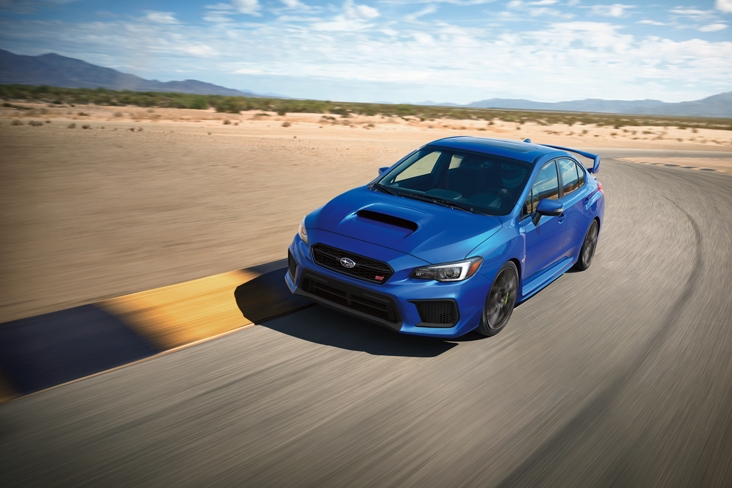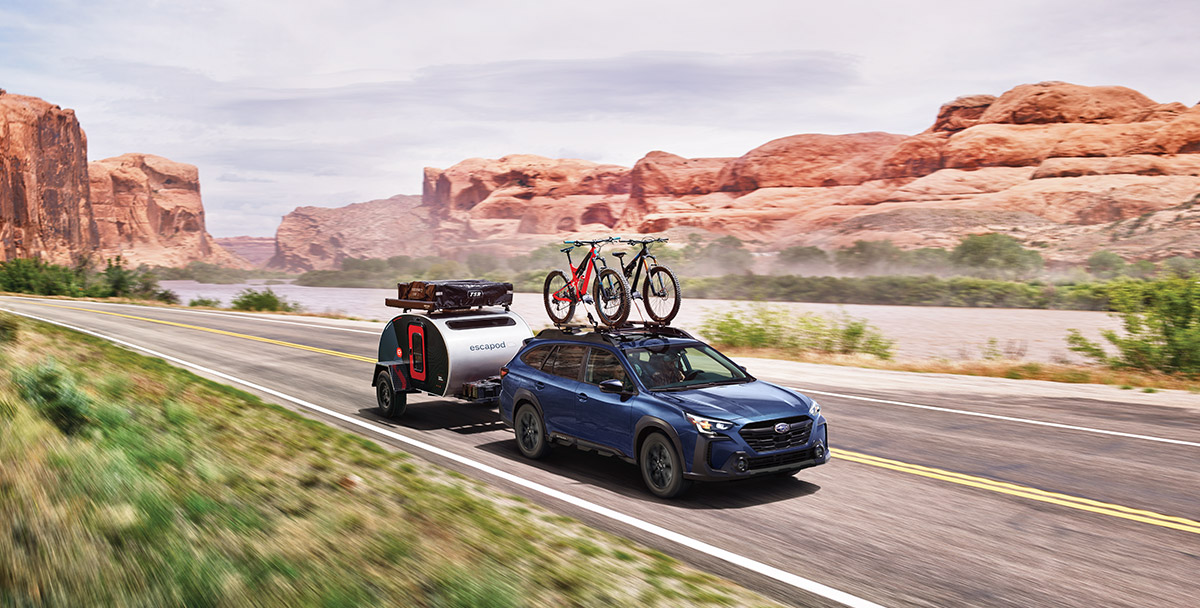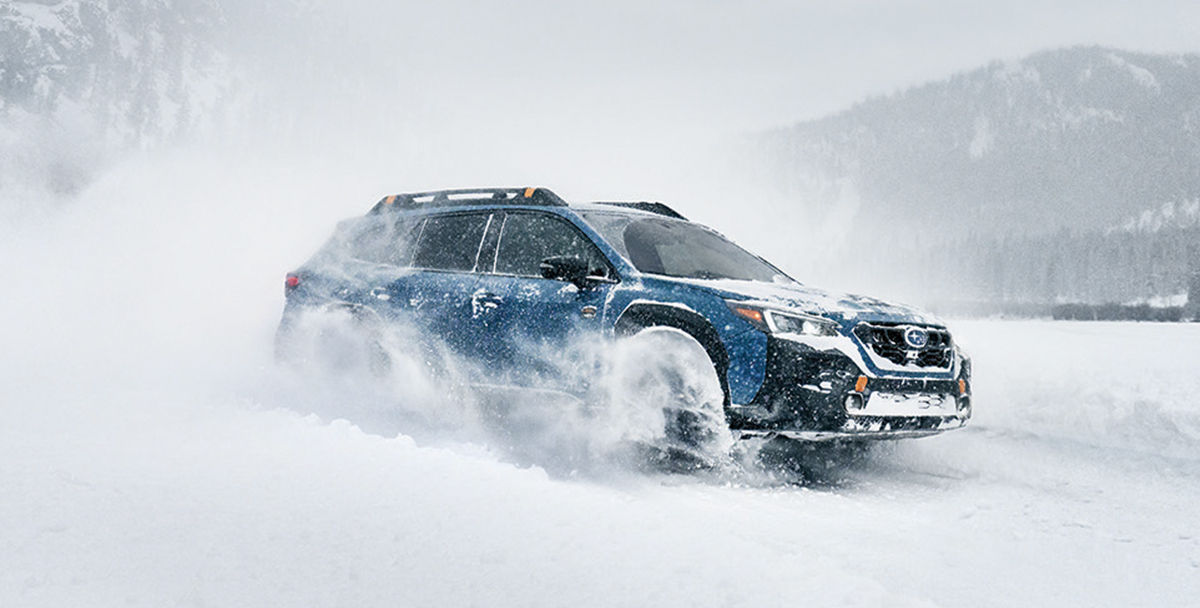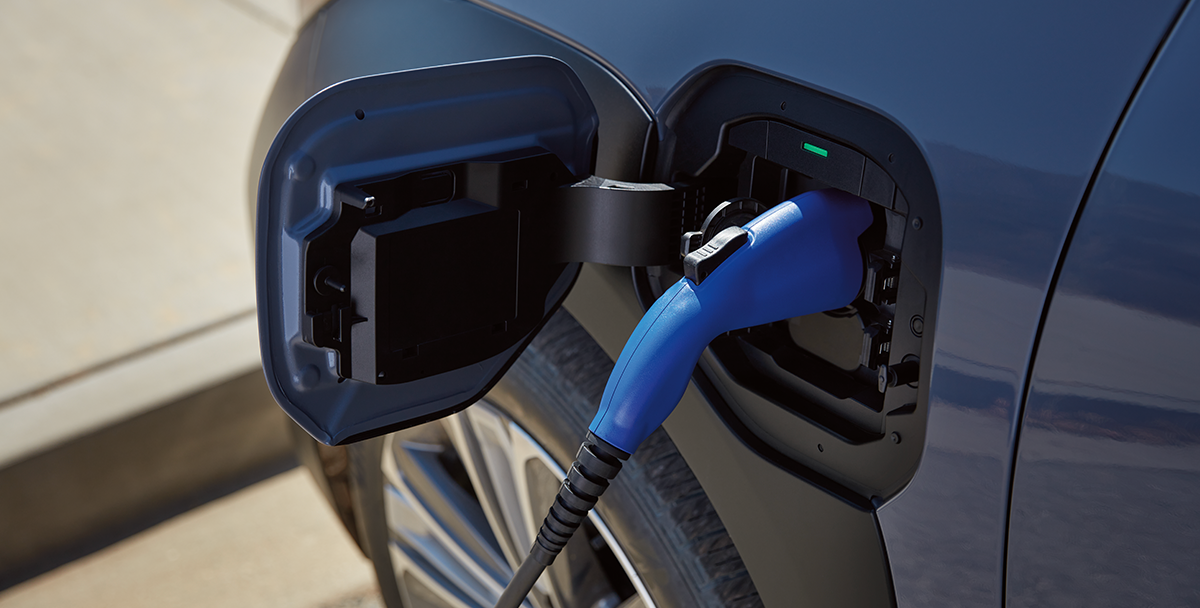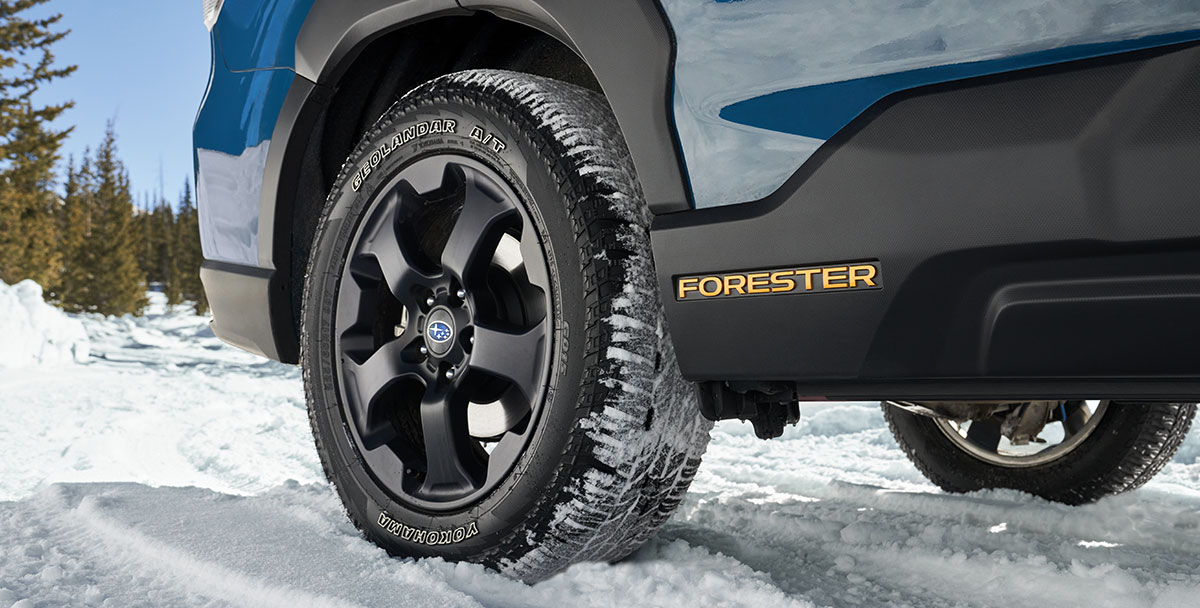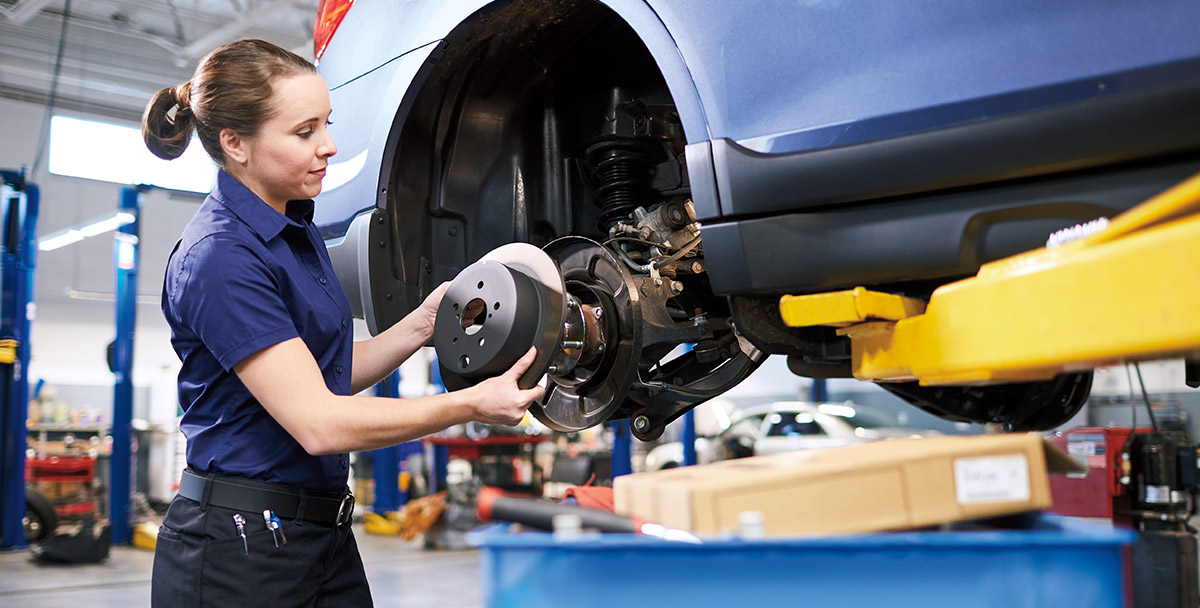Even if you’ve spent only limited time behind the wheel of a WRX or STI, you may have experienced the benefits of Vehicle Dynamics Control (VDC) and Active Torque Vectoring (ATV) without even realizing it. Often imperceptibly, VDC and ATV work to point the vehicle in your desired trajectory, compensating for over- and understeer without additional input from the driver. But have you ever considered what’s going on under the hood to make it all work?
Pressure Performer
VDC works by precisely modulating brake pressure by using a pair of valves for each brake. During normal braking, none of the eight valves comes into play. When VDC is activated, inlet and outlet valves increase, hold or decrease brake pressure. There are also suction and cut valves that help brake fluid flow in the right direction and avoid excess brake pressure buildup inside the system.
To increase brake pressure at one wheel, the outlet valve closes and the VDC pump forces more brake fluid into that brake’s wheel cylinder, increasing brake force.
To hold brake pressure on an individual wheel, the inlet and outlet valves are closed, keeping the braking force constant at that wheel.
- To decrease brake pressure at an individual wheel, the inlet valve closes, and the outlet valve opens.
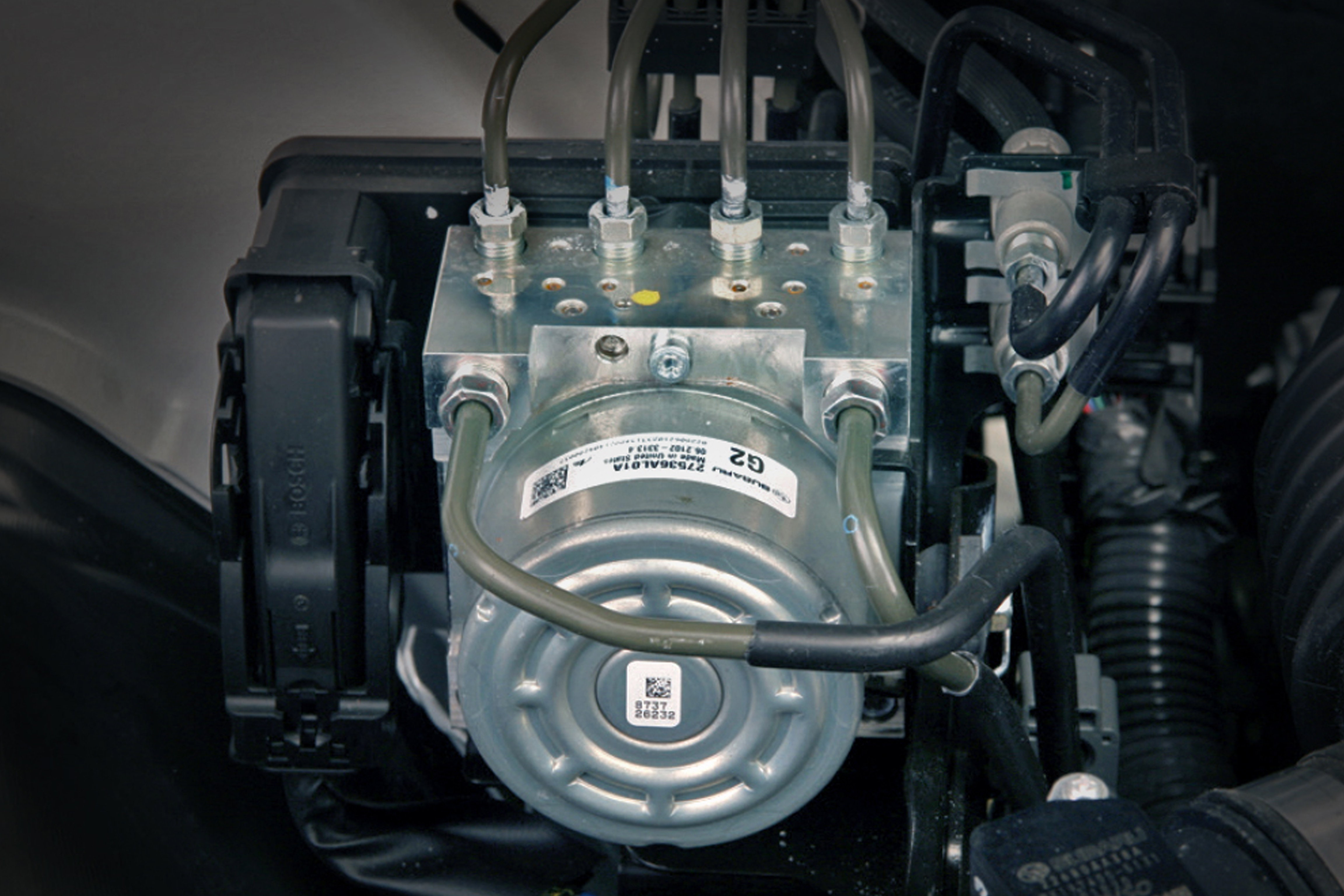
Extreme Speed
How does VDC know which brakes to activate and whether to increase, hold or decrease brake pressure? The VDC Control Module uses inputs from a steering angle sensor, wheel speed sensors, a yaw-rate sensor and a lateral g sensor to detect if the vehicle is starting to spin or slide during cornering.
VDC also signals the engine control module to adjust the throttle and fuel injection. On cars with the Lineartronic® CVT (Continuously Variable Transmission), the transmission control module optimizes front/rear torque distribution so Subaru Symmetrical All-Wheel Drive can also help keep vehicle dynamics under control.
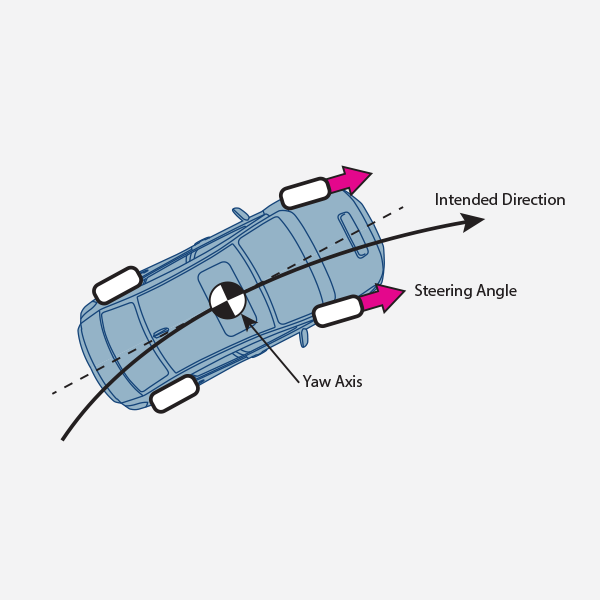
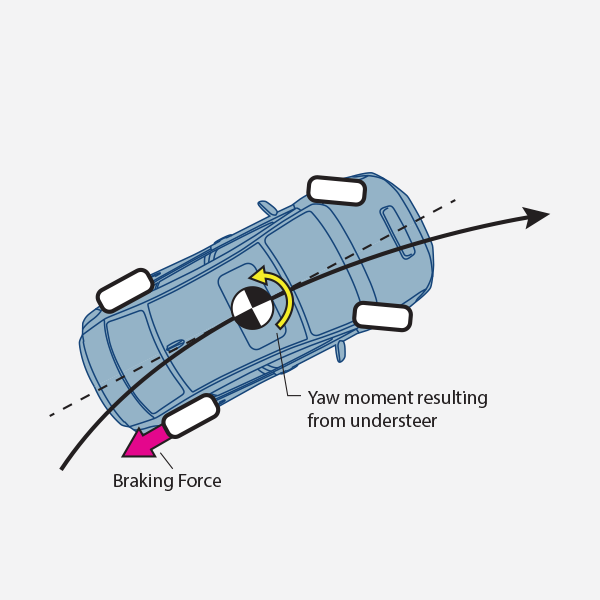
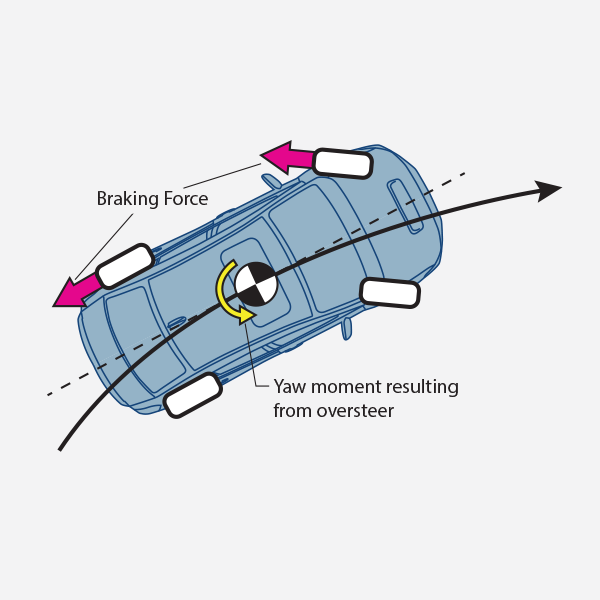
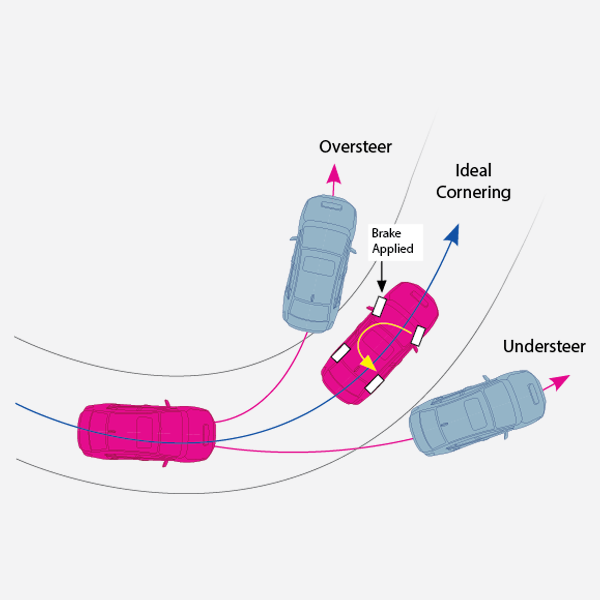
These mechanics happen very quickly, and, depending on whether the vehicle is oversteering (rotating more than commanded by the driver), understeering (rotating less than commanded by the driver) or drifting, individual brakes or pairs of brakes go through these cycles.
WRX and WTX STI models have a three-mode VDC switch.
- Normal Mode keeps VDC and ATV active. This is for when you’d prefer the system to keep a close eye on the demands being placed on the vehicle’s stability. In unpredictable conditions, it’s a terrific copilot.
- Traction Mode defeats electronic traction control and delays VDC and ATV operation. This can be helpful when you want to allow some wheelspin to dig out of deep snow, for example. In deep snow, a bit of wheelspin allows the tread to dig into fresh snow and eject it from behind the tire.
- Off defeats VDC and ATV altogether and is really for track-day use. By giving the driver the reins completely, it creates a more direct link to the traction limits offered by the sophisticated suspension system in every Subaru.
Ready, Action
Active Torque Vectoring works like VDC, but its goal is purely to reduce understeer. ATV activates the brake valves only on the inside wheels in a curve. This one-sided braking action helps rotate the vehicle around a curve, so you don’t have to crank in more steering to stay on course.
It all adds up to heightened control and increased confidence – and, as any rally driver will tell you, that’s a key to performance no matter where you’re driving.
